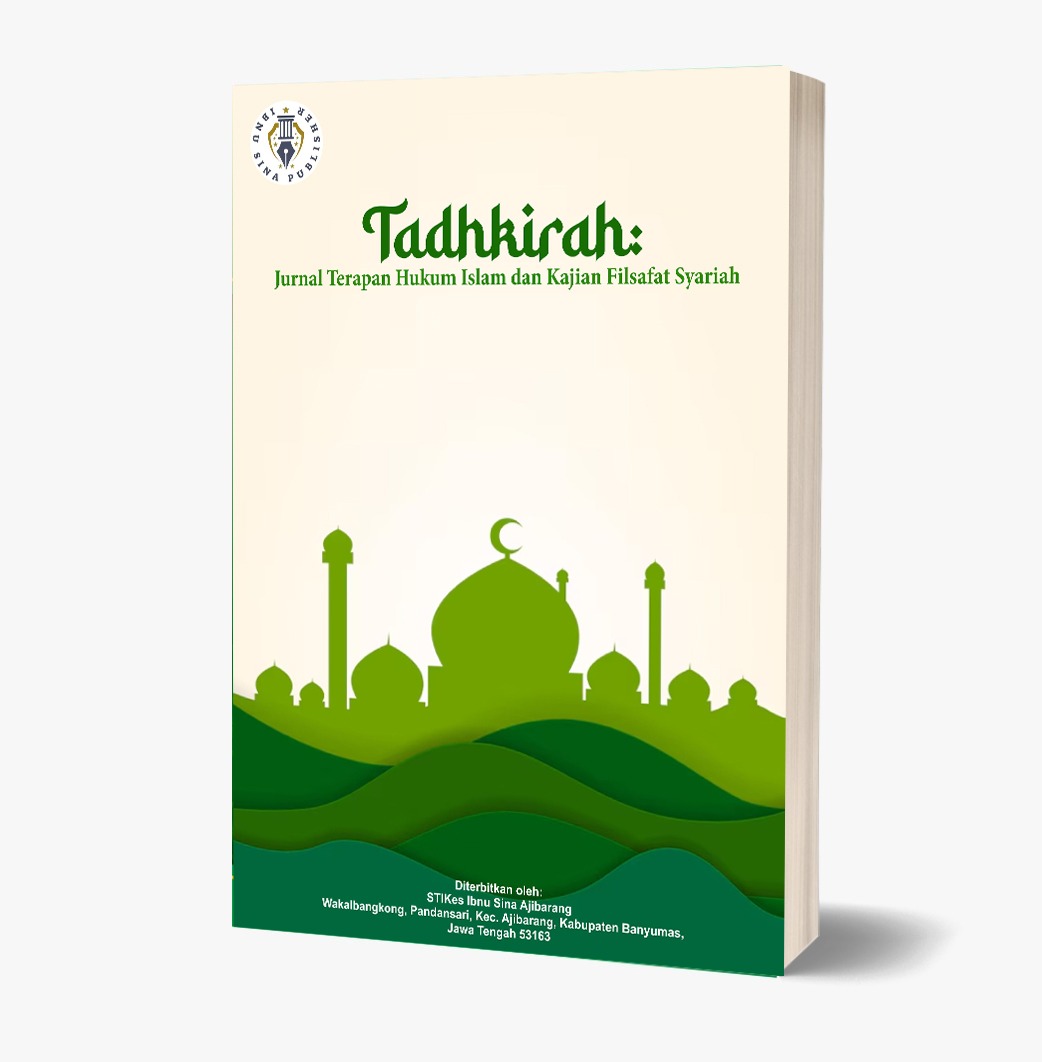Memilih Circle dalam Perspektif Hadis : Panduan Praktis untuk Menjalani Kehidupan Berlandaskan Ajaran Agama
DOI:
https://doi.org/10.59841/tadhkirah.v2i3.237Keywords:
Hadith Science, Social Ecology, Environmental Hadith, Islamic Methodology, Prophetic TraditionsAbstract
This study examines social ecology from the perspective of hadith science (‘ulum al-hadith), with the aim of exploring the environmental and social values contained in prophetic hadiths. The main focus of this study is the methodological analysis of hadiths related to ecological issues, such as environmental conservation, social justice, and natural resource management. This study uses a hadith criticism approach, namely by examining aspects of authenticity through analysis of sanad (chain of narrators), criticism of matan (the content of the hadith), and contextual and semantic interpretation of hadiths relevant to environmental themes. In this study, the hadiths analyzed were selectively selected based on their relevance to the principles of Islamic social ecology. The analysis process was carried out thoroughly to assess the validity of the hadith and understand its meaning and normative objectives. This approach integrates classical evaluation methods of hadith science with a contemporary ethical perspective, resulting in a comprehensive framework for formulating hadith-based environmental ethics. Research findings indicate that many authentic hadiths contain strong social ecological principles, such as the concept of caliphate (human leadership over the earth), mizan (balance), and distributive justice. These values emphasize the importance of human responsibility in preserving nature and creating harmony between humans and their environment. These hadiths also demonstrate the close relationship between the spiritual dimension and socio-ecological responsibility. This study makes a significant contribution to the development of hadith-based Islamic environmental jurisprudence. With a methodological and academic approach, this study enriches understanding of Islamic ecological ethics and opens up opportunities for integrating religious values into just and sustainable environmental management.
Downloads
References
Al Ahnaf, M. A., & Alif, M. (2025). Toxic relationship dalam Al-Qur'an: Studi Qur'an tematik dengan pendekatan grounded theory. JUTEQ: Jurnal Teologi & Tafsir, 2(7), 1263-1274.
Al-Bukhari, M. (1978). Sahih al-Bukhari. Dar Ul-Hadith.
Al-Tirmizi, M. I. (1975). Sunan al-Tirmizi (Vol. 2).
Bukowski, W. M., Laursen, B., & Rubin, K. H. (2009). Handbook of peer interactions, relationships, and groups. Guilford Press.
Darmalaksana, W. (2020). Metode penelitian kualitatif studi pustaka dan studi lapangan. Pre-Print Digital Library UIN Sunan Gunung Djati Bandung.
Erada, R. A. Z., Jati, R. R. S. R. W., & Darmawan, D. (2022). Risalah cinta dalam pandangan hadis. Gunung Djati Conference Series, 8, 857-866.
Fatih, M. (n.d.). Matsal dalam perspektif Hadits Tarbawi: Studi atas hadits tentang perumpamaan teman yang baik dan teman yang buruk. Jurnal Ilmiah Pendidikan Agama Islam, 3. https://doi.org/10.32616/pgr.v3.1.173.137-146
Haliya, I. (n.d.). Toxic friendship dalam Al-Qur'an.
Jannah, D. (2017). Kritik dan syarah hadits. Al-Tarbawi Al-Haditsah: Jurnal Pendidikan Islam, 2(1). https://doi.org/10.24235/tarbawi.v2i1.2072
Kurniawati, D., Hidayat, R., & Astuti, F. (2016). Hubungan antara penerimaan teman sebaya dengan kepercayaan diri pada remaja. Jurnal Psikologi, 14(2), 85-91.
Lapsley, D. K., & Woodbury, R. D. (2016). Social-cognitive development in adolescence. In D. Cicchetti (Ed.), Developmental psychopathology (pp. 1-46). Wiley. https://doi.org/10.1002/9781119125556.devpsy102
Laursen, B., & Hartl, A. C. (2013). Understanding loneliness during adolescence: Developmental changes that increase the risk of perceived social isolation. Journal of Adolescence, 36(6), 1261-1268. https://doi.org/10.1016/j.adolescence.2013.06.003
Mardiyah, A., Nasution, I. E. A., Sagala, A. M., & Hasibuan, D. S. (2025a). Dampak prasangka dalam circle pertemanan mahasiswa Bimbingan Penyuluhan Islam A semester VI Universitas Islam Negeri Sumatera Utara. Journal Sains Student Research, 3(4), 583-589.
Mardiyah, H., Setiawan, R., & Putri, L. A. (2025a). Relasi sosial dan pembentukan karakter remaja dalam konteks pertemanan. Jurnal Psikologi Sosial, 10(1), 45-58.
Nida, H. A. (n.d.). Konsep memilih teman yang baik menurut hadits. Jurnal Riset Agama, 1. https://doi.org/10.15575/jra.v1i2.14571
Rubin, K. H., Bukowski, W. M., & Parker, J. G. (2006). Peer interactions, relationships, and groups. In N. Eisenberg (Ed.), Handbook of child psychology (6th ed., Vol. 3, pp. 571-645). Wiley.
Santrock, J. W. (2011). Life-span development (13th ed.). McGraw-Hill.
Sugihartati, R. (2014). Gaya hidup remaja dan perubahan sosial. Masyarakat, Kebudayaan dan Politik, 27(2), 67-78.
Wentzel, K. R. (2005). Peer relationships, motivation, and academic performance at school. In A. J. Elliot & C. S. Dweck (Eds.), Handbook of competence and motivation (pp. 279-296). Guilford Press.

















